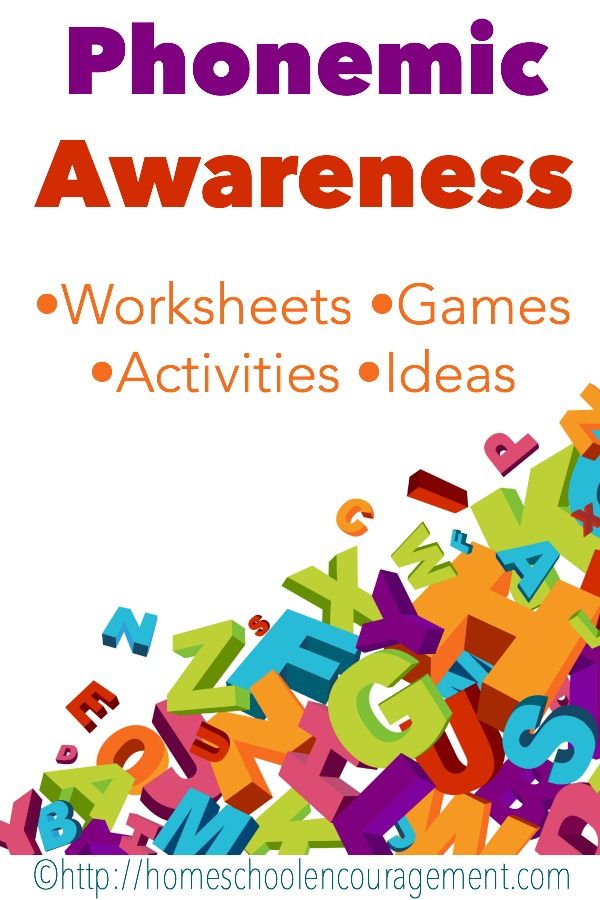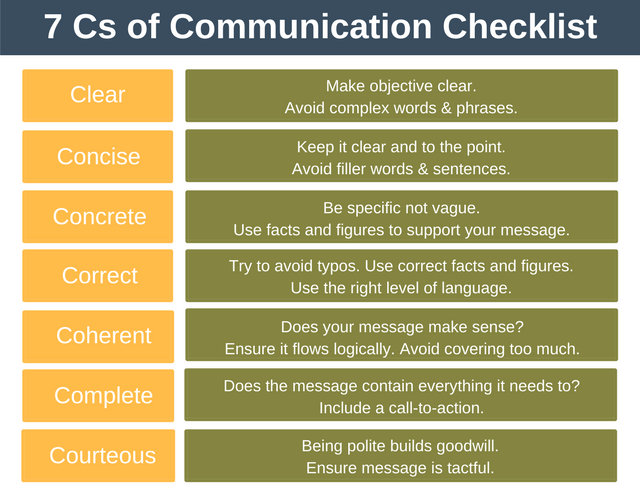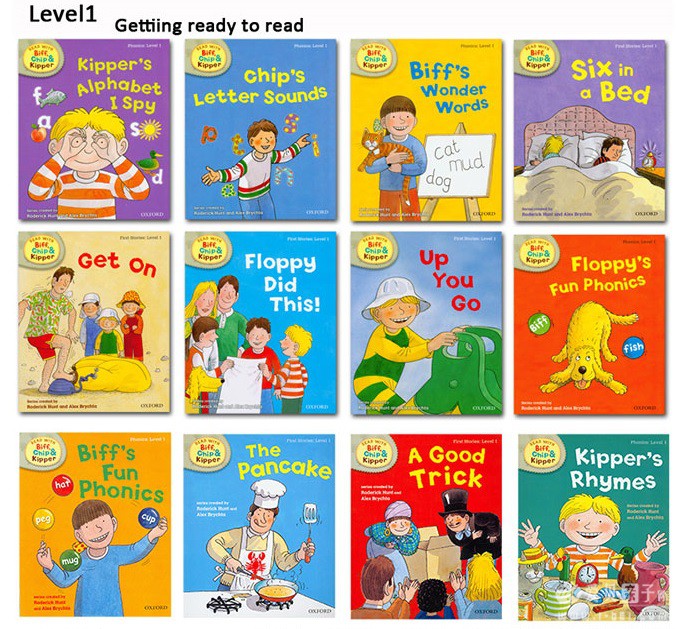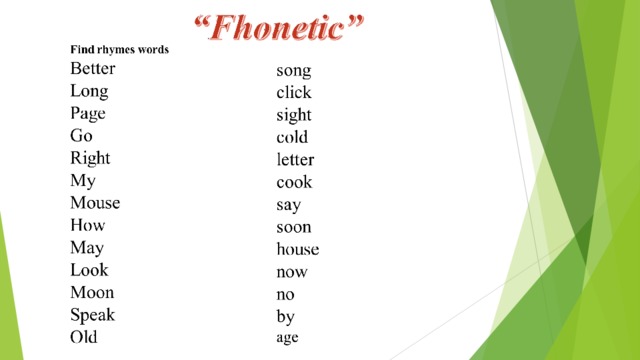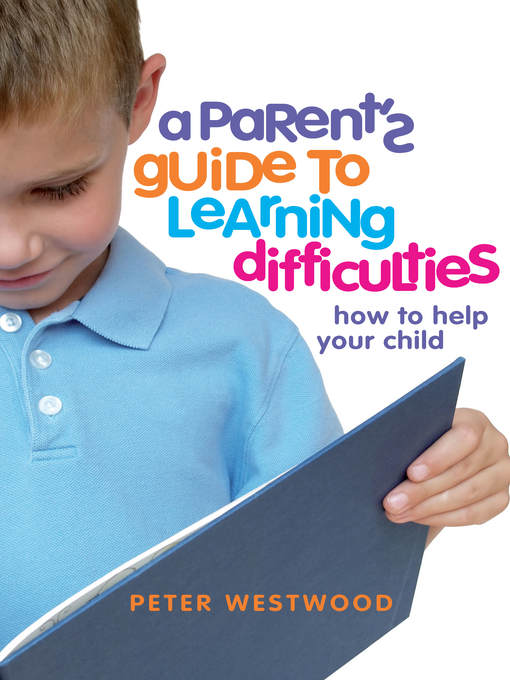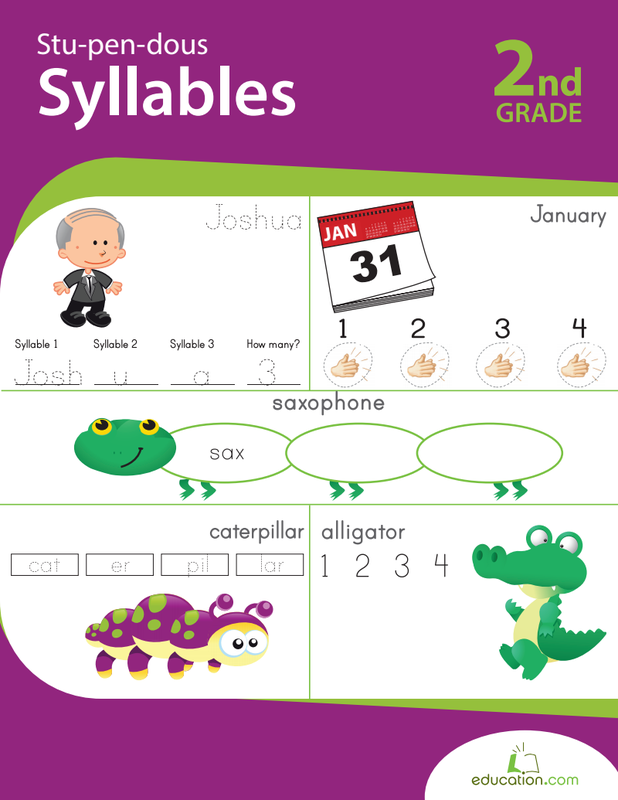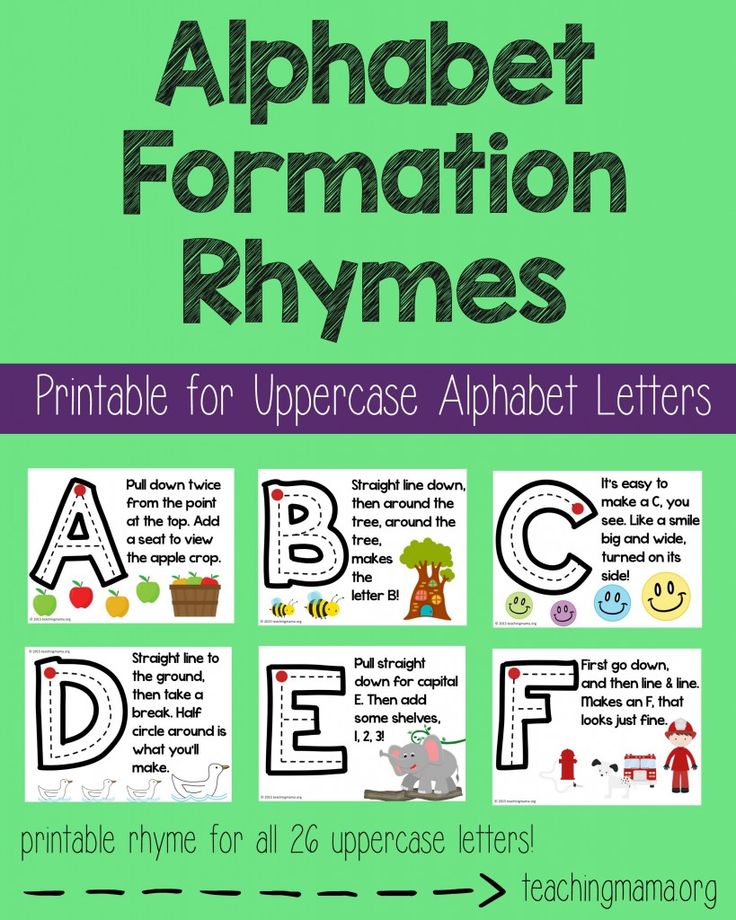Importance of phonological awareness
Why Phonological Awareness Is Important for Reading and Spelling
By: Louisa Moats, Carol Tolman
The phonological processor usually works unconsciously when we listen and speak. It is designed to extract the meaning of what is said, not to notice the speech sounds in the words. It is designed to do its job automatically in the service of efficient communication. But reading and spelling require a level of metalinguistic speech that is not natural or easily acquired.
On the other hand, phonological skill is not strongly related to intelligence. Some very intelligent people have limitations of linguistic awareness, especially at the phonological level. Take heart. If you find phonological tasks challenging, you are competent in many other ways!
This fact is well proven: Phonological awareness is critical for learning to read any alphabetic writing system (Ehri, 2004; Rath, 2001; Troia, 2004). Phonological awareness is even important for reading other kinds of writing systems, such as Chinese and Japanese. There are several well-established lines of argument for the importance of phonological skills to reading and spelling.
Phoneme awareness is necessary for learning and using the alphabetic code
English uses an alphabetic writing system in which the letters, singly and in combination, represent single speech sounds. People who can take apart words into sounds, recognize their identity, and put them together again have the foundation skill for using the alphabetic principle (Liberman, Shankweiler, & Liberman, 1989; Troia, 2004). Without phoneme awareness, students may be mystified by the print system and how it represents the spoken word.
Students who lack phoneme awareness may not even know what is meant by the term sound. They can usually hear well and may even name the alphabet letters, but they have little or no idea what letters represent. If asked to give the first sound in the word dog, they are likely to say "Woof-woof!" Students must be able to identify /d/ in the words dog, dish, and mad and separate the phoneme from others before they can understand what the letter d represents in those words.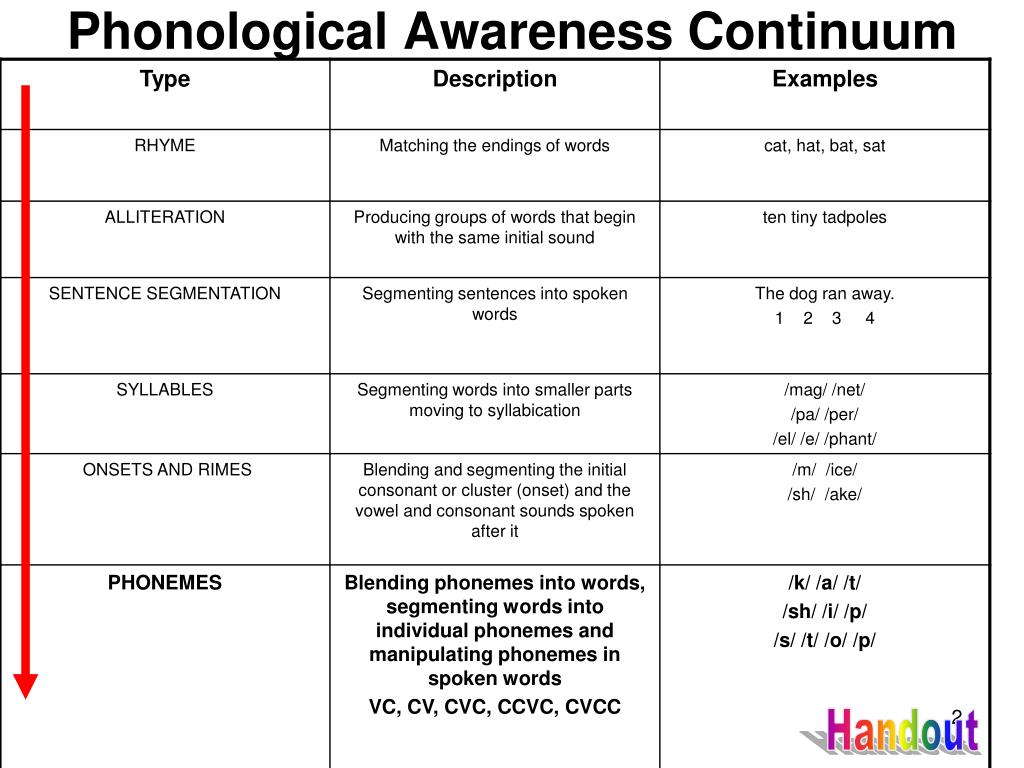
Phoneme awareness predicts later outcomes in reading and spelling
Phoneme awareness facilitates growth in printed word recognition. Even before a student learns to read, we can predict with a high level of accuracy whether that student will be a good reader or a poor reader by the end of third grade and beyond (Good, Simmons, and Kame'enui, 2001; Torgesen, 1998, 2004). Prediction is possible with simple tests that measure awareness of speech sounds in words, knowledge of letter names, knowledge of sound-symbol correspondence, and vocabulary.
The majority of poor readers have relative difficulty with phoneme awareness and other phonological skills
Research cited in Module 1 has repeatedly shown that poor readers as a group do relatively less well on phoneme awareness tasks than on other cognitive tasks. In addition, at least 80 percent of all poor readers are estimated to demonstrate a weakness in phonological awareness and/or phonological memory. Readers with phonological processing weaknesses also tend to be the poorest spellers (Cassar, Treiman, Moats, Pollo, & Kessler, 2005).
Instruction in phoneme awareness is beneficial for novice readers and spellers
Instruction in speech-sound awareness reduces and alleviates reading and spelling difficulties (Adams, Foorman, Lundberg, & Beeler, 1998; Gillon, 2004; NICHD, 2000; Rath, 2001). Teaching speech sounds explicitly and directly also accelerates learning of the alphabetic code. Therefore, classroom instruction for beginning readers should include phoneme awareness activities.
Phonological awareness interacts with and facilitates the development of vocabulary and word consciousness
This argument is made much less commonly than the first four points. Phonological awareness and memory are involved in these activities of word learning:
- Attending to unfamiliar words and comparing them with known words
- Repeating and pronouncing words correctly
- Remembering (encoding) words accurately so that they can be retrieved and used
- Differentiating words that sound similar so their meanings can be contrasted
What is Phonological Awareness? Examples & Benefits
If you have a child who is stepping into the world of literacy and reading, then you must be aware of the widely used term, “Phonological Awareness”.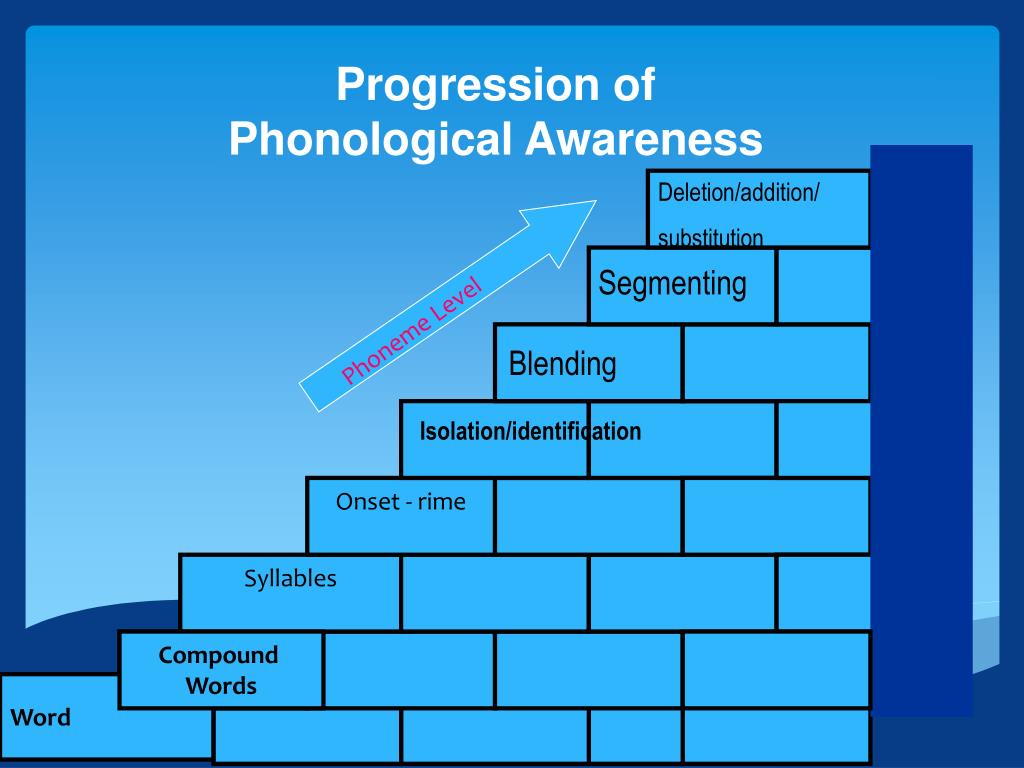 The term is as puzzling as commonly it is used. It brings along with it a bag of concepts, such as phonemic awareness, phonemes, etc.
The term is as puzzling as commonly it is used. It brings along with it a bag of concepts, such as phonemic awareness, phonemes, etc.
That’s why we have brought to you a crash course in Phonological Awareness explaining everything you need to know about it.
What is Phonological Awareness?Phonological awareness is the foundational skill for reading. As the name implies, phonological awareness is related to sounds. It is the ability to identify and distinguish between sounds in a word. It also helps in explaining how sound works in different ways in a word.
<a href=httpsinpinterestcompin410390584766537711>Image source<a>Lane & Pullen defines it as “the development of different phonological components of spoken language.” It begins at the very initial stages.
Phonological awareness includes the following skills:
Related Reading: Everything You Need To Know About Phonemic Awareness To Help Kids Master ReadingRhyming
When a child is able to identify words ending with the same sound.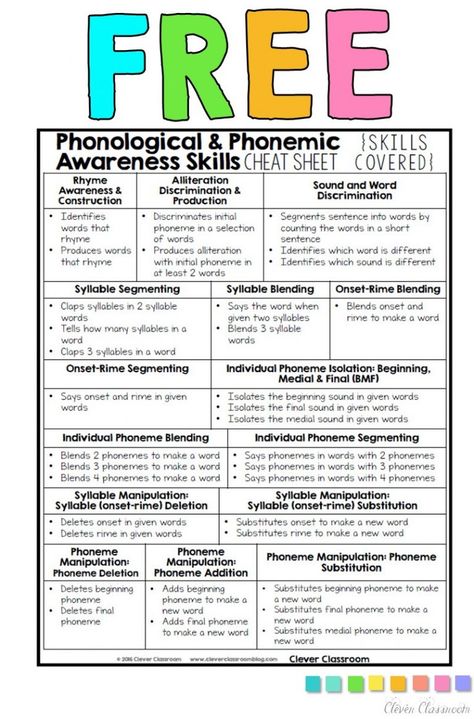
Identifying the similar sounds at the beginning of a word.
SyllablesIdentifying and segmenting words in a sentence and syllables.
Onset and RimesOnset is the beginning sound of the word and Rime is the ending sound. Both of them are taught so that kids can manipulate the two to read new words. For example, if “C” is changed to “B” with an “AT” in the end, it becomes BAT and not CAT.
PhonemesIdentifying and understanding the smallest unit of sound. For example, the word BAT is made of three sounds.
See this video to understand more about phonological awareness!
Phonological awareness should be taught to children without letters with either blocks or boxes which symbolize the sounds.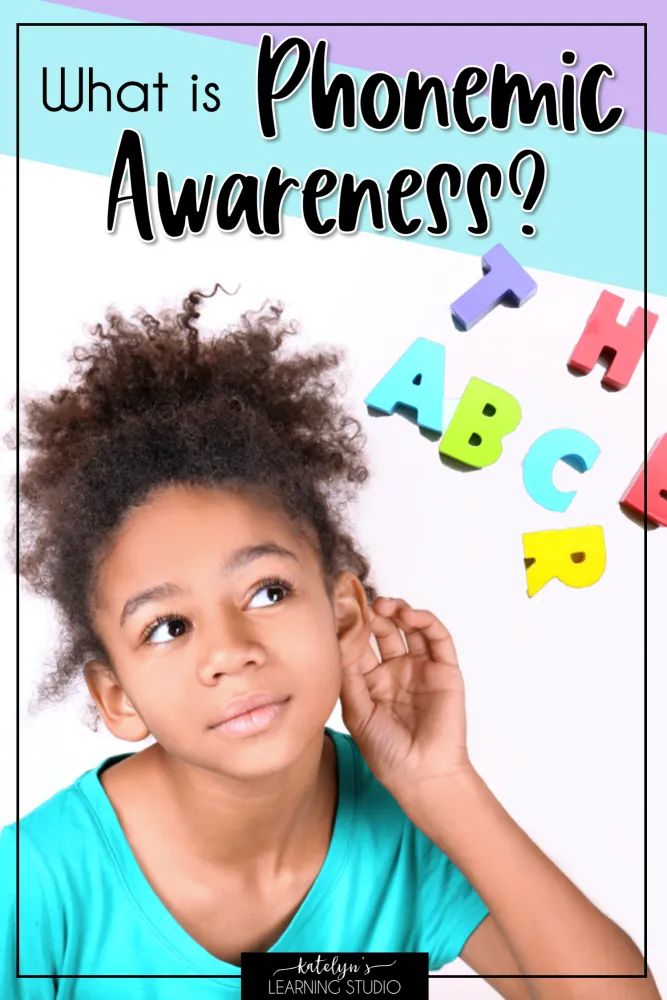 It is important for children to identify and learn those sounds clearly before moving to their corresponding letters.
It is important for children to identify and learn those sounds clearly before moving to their corresponding letters.
After they are aware of the smallest sounds they can blend them together to read and segment them to spell them better.
Difference between Phonological Awareness and Phonemic Awareness
The two words are widely used interchangeably. Although they deal with similar skills, they are not exactly the same.
Phonological awareness is an umbrella concept that contains phonics, and phonemic awareness. Whereas, phonemic awareness is the ability to understand the “phonemes”- the smallest unit of sound that words make.
For example the word ‘bat’ has three phonemes: /b/ /æ/ and /t/. When your child is able to understand and identify different sounds that make up a word, that is called phonemic awareness.
Phonemic awareness is a subset of phonological awareness.
While phonemic awareness is concerned primarily with the phonemes, phonological awareness encompasses the sounds of words, syllables as well as phonemes.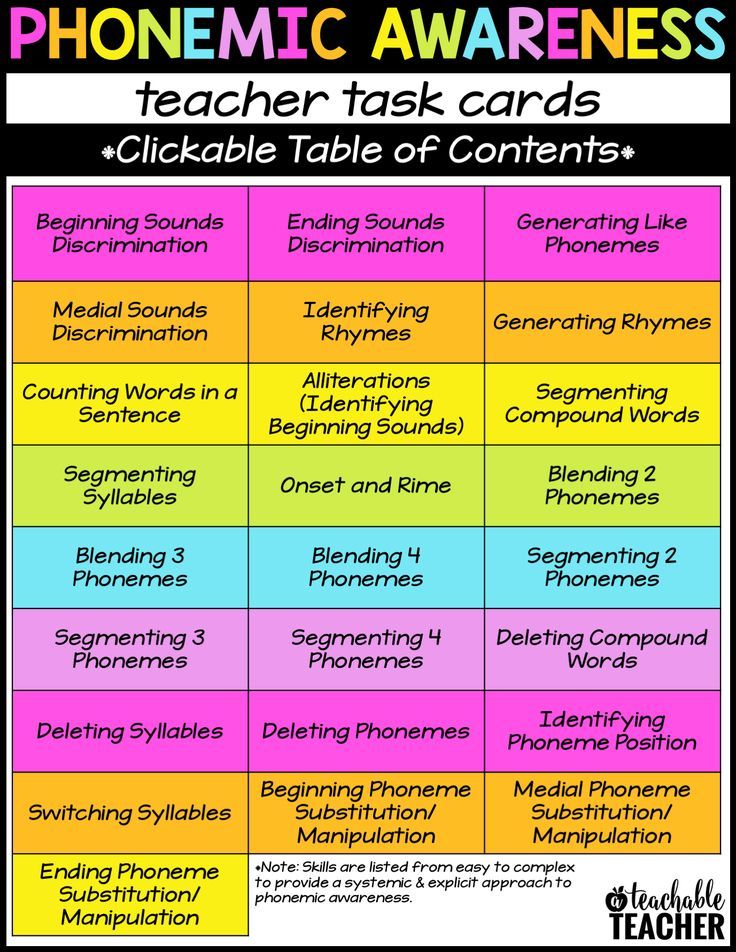 Phonemic awareness, then, becomes one of the stages of phonological awareness.
Phonemic awareness, then, becomes one of the stages of phonological awareness.
We can teach phonemic awareness to kids without any letters as it focuses more on making them aware that there are sounds that can be blended, segmented, and manipulated in any word.
Related Reading: How to Teach Reading to Kids: Best Strategies for ParentsImportance of Phonological Awareness
Phonological awareness is one of the most important foundational skills that a child needs not just for reading but for writing as well.
In order to read and write words, it is essential for children to develop phonological awareness. It helps them in understanding that words are made up of phonemes, and there are syllables in a word, and how on changing these sound parts, the word changes.
If a child is unable to understand that each word is made of different sounds (phonemes) and each phoneme represents a different letter, they will not be able to read or write.
This helps them to understand phonics, i.e. the sound and its corresponding spelling. A child with weak phonological awareness becomes a weak reader. Difficulties with phonological awareness can be seen as a precursor to reading disabilities or speech disabilities.
Check out these phonics games to help your kids understand concepts of ELA deeply. These games are made especially for the little ones to enter the world of reading confidently.
Dr. David Kilpatrick emphasizes the importance of phonological awareness when he says, “Students with good phonological awareness are in a great position to become good readers, while students with poor phonological awareness almost always struggle in reading.”
Developing strong competencies in phonological awareness is important for all kids, as the awareness of the sounds in words and syllables is critical to hearing and segmenting the words that they want to spell, and blending together the sounds in the words kids read.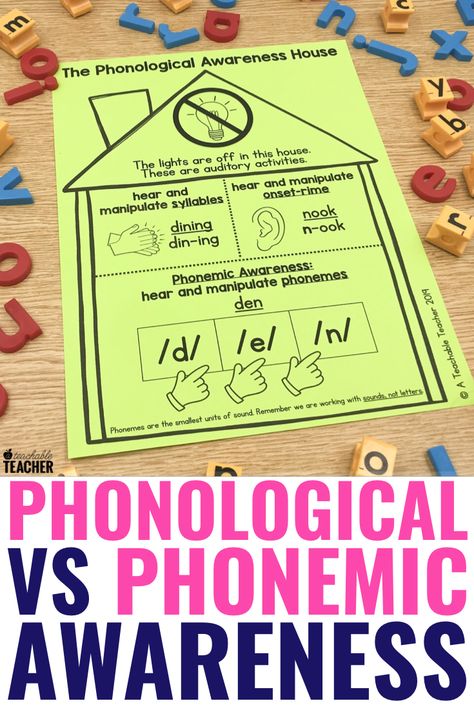
- The ability to recognize rhyme patterns
- Segment the words into syllables
- Blend phonemes
- Identify, segment and manipulate the beginning and ending sound.
As we know the importance that phonological awareness plays in the learning journey of kids, we have developed games and activities which will help you in building strong phonological awareness in your kids. SplashLearn also has live ELA courses which can help your kids become competent readers and writers.
Parents, Sign Up for Free
AUTHOR
Most Popular
Recent Posts
What is phonological awareness? - Tips for moms today
Phonological awareness includes the ability that we must acquire from the moment we learn to speak, with the help of , to know how to structure words in their small sounds and how they are composed. This ability of is very helpful when it comes to literacy and we detail why.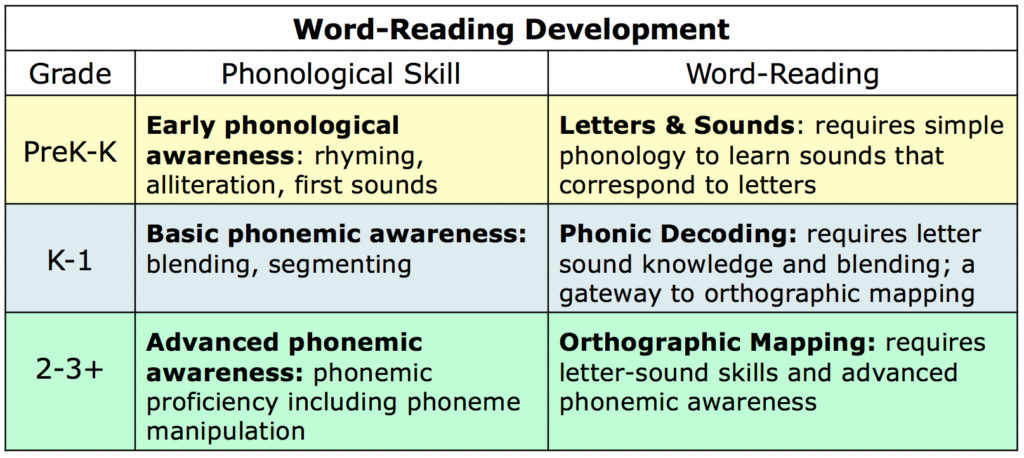
To learn to read, you must be able to master this skill. Phonological awareness is a very important technique that you must be able to control with a good balance of and this is a fact that usually resolves spontaneously at the stage of mental development.
Index
- 1 What is phonological awareness?
- 2 How do we learn from this technique?
- 3 Important points for this learning
- 4 Why is phonological awareness important?
What is phonological awareness?
This is an indispensable skill to master, for good oral and literacy development . You must be able to master this technique, understand words and know that they are made up of sounds or phonemes.
This ability to recognize the sounds in a word will unlock the development of phonemic awareness, through which they will distinguish and recognize each sound to know how to form words.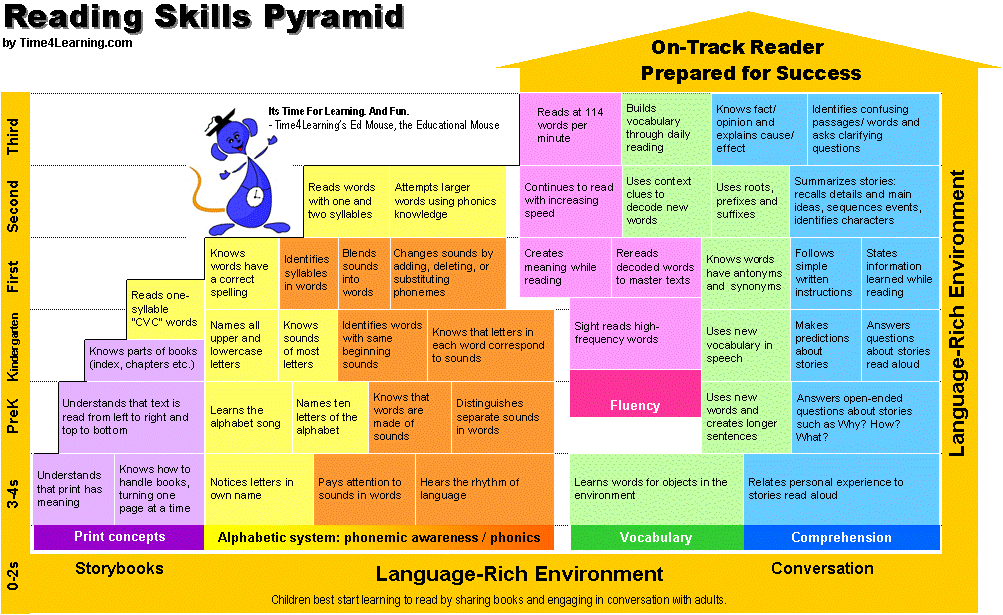 Long before children begin to read, they already know and are able to tune in to these sounds, , and this is where phonological awareness comes into play. nine0006
Long before children begin to read, they already know and are able to tune in to these sounds, , and this is where phonological awareness comes into play. nine0006
How do we learn from this technique?
Phonological awareness begins at one of the early stages of a child's language learning , i.e. between the stages of the infant education cycle and primary education. Basically, children start learning words but don't know they are structured, rather they believe they are in a block. Consequently, they learn to break words into smaller parts, both by syllables and sounds.
This skill is for some It's not a big step, but for others it's . Consequently, the evolutionary form of this process must be carried out with the evolutionary form of each child and without coercion to it. In the process of phonetic discrimination, they begin with a certain sound. How can they be those who start with the word /p/ (paper, dad, stick, potato), they must be able to distinguish it from other words.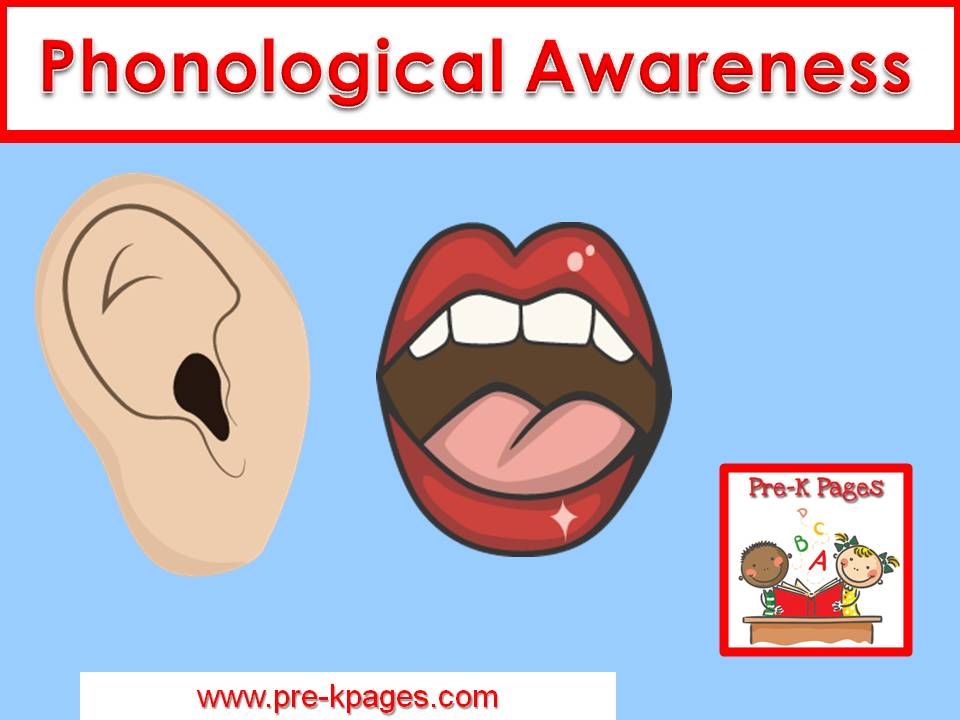
In this way we also find other words that are shorter or others that are longer, or that even almost resemble in their pronunciation /palo/ and /paso/, in other words, we can add another syllable to form a new word (see Summer). By following these simple guidelines, children They learn to structure sounds through the ability to distinguish words by syllables.
Important points for this training
- The most important thing is active listening . You have to make sure you pay attention to the sounds so that the nature of each one is interpreted in order to recognize them and then know how to control them.
- Learn phrases and words. This is one of the first steps when you know that not everything is in one block, that the language is made up of sentences, and that every sentence is made up of words. nine0018
- Syllables . This is another concept to be taught after they learn to recognize words.
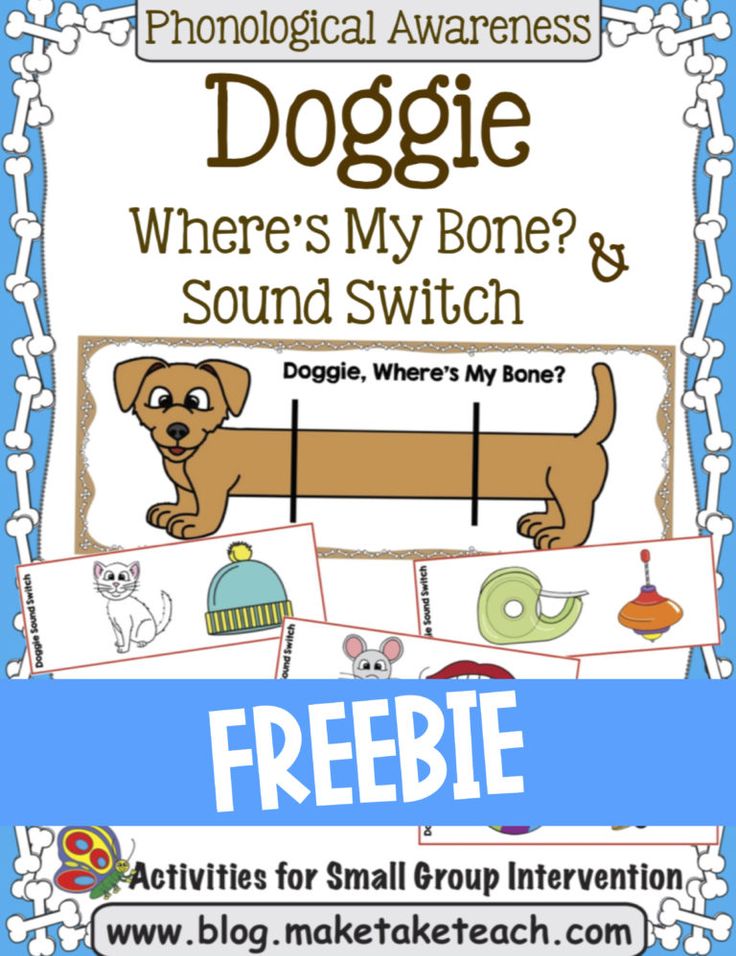 They must know how to structure this word into syllables, and for this, the touch of the palms is used.
They must know how to structure this word into syllables, and for this, the touch of the palms is used. - Rhymes : this is a way to make the language musical.
- Phoneme knowledge: is the ultimate goal. By this point, they are already learning to know the various phonemes that represent the loudness of words.
Why is phonological awareness important? nine0027
We know that phonological awareness is related to written language. Learn from this technique and focus on developing it A good formal education will help. Children learn to distinguish sounds and segment speech , later they continue with rhymes and end with syllables. If you master all of these skills, you start with correct literacy and with good initial results in reading-writing there are no language problems.
Phonological awareness
Phonological awareness is a person's awareness of the phonological structure or sound structure of words.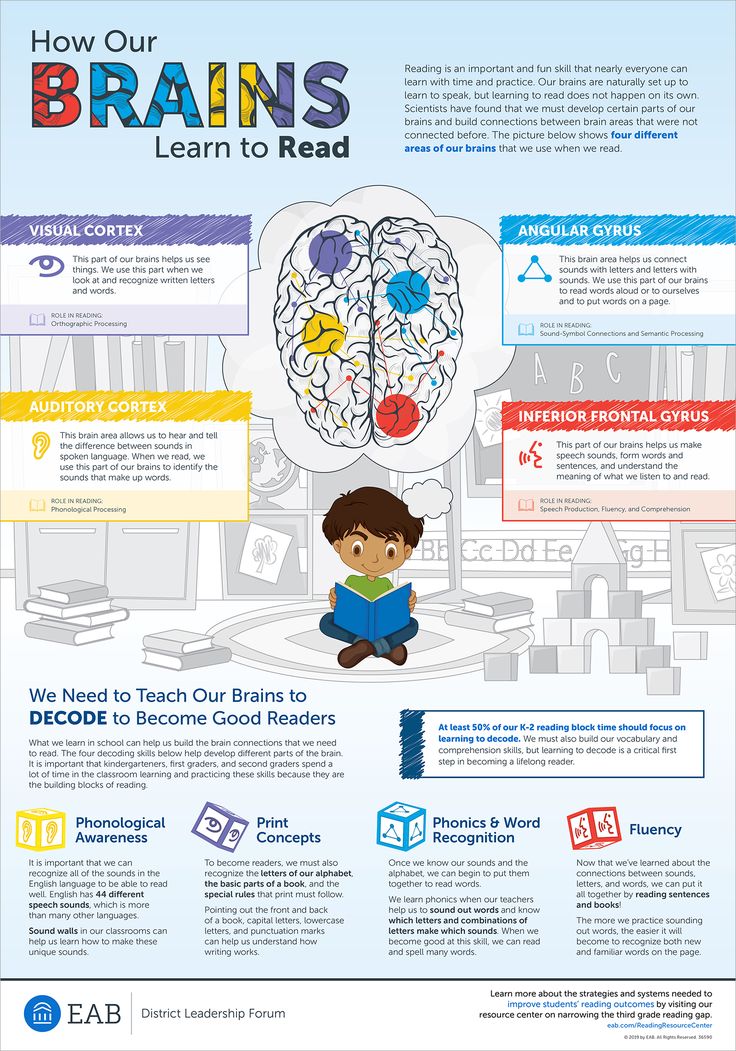 [1] [2] [3] Phonological awareness is an important and reliable predictor of reading ability later in life and is therefore the focus of many studies. [4] [5] [6]
[1] [2] [3] Phonological awareness is an important and reliable predictor of reading ability later in life and is therefore the focus of many studies. [4] [5] [6]
Phonological awareness involves the detection and manipulation of sounds at three levels of sound structure: (1) syllables, (2) onsets and rhymes, and (3) phonemes. Awareness of these sounds is demonstrated through various tasks (see below). Available published tests of phonological awareness (e.g. PhAB2 [7] ) are often used by teachers, psychologists and speech therapists to help understand difficulties in this aspect of language and literacy. Although the tasks differ, they share the basic requirement that certain operations (eg, identification, comparison, split, union, generation) be performed on sounds. It is assumed that the person performing these tasks must know the sound units in order to perform the operation.
Phonological awareness is one component of the larger phonological processing system used for speaking and listening. nine0104 [8] [9] [10] Phonological awareness differs from other phonological abilities in that it is a metalinguistic skill that requires conscious awareness and reflection on the structure of language. [1] [11] Other phonological abilities: such as attention to speech, discrimination of sounds, retention of sounds in memory: can be performed without conscious reflection. However, these other phonological abilities are a prerequisite for the development of phonological consciousness. Thus, general listening skills are often among those included in phonological awareness training. nine0003
nine0104 [8] [9] [10] Phonological awareness differs from other phonological abilities in that it is a metalinguistic skill that requires conscious awareness and reflection on the structure of language. [1] [11] Other phonological abilities: such as attention to speech, discrimination of sounds, retention of sounds in memory: can be performed without conscious reflection. However, these other phonological abilities are a prerequisite for the development of phonological consciousness. Thus, general listening skills are often among those included in phonological awareness training. nine0003
The terms " phonemic awareness " and " phonics" are often used interchangeably with phonological awareness. However, these terms have different meanings. Phonemic awareness is a subset of phonological awareness that focuses on the recognition and management of phonemes, the smallest units of sound. Phonetics requires students to know and match letters or letter patterns with sounds, learn spelling rules, and use that information to decode (read) and encode (write) words. Phonemic awareness refers only to the sounds of speech, not to the letters of the alphabet or sound recording, so learners do not need to know the alphabet to develop basic phonemic knowledge of a language. nine0003
Phonemic awareness refers only to the sounds of speech, not to the letters of the alphabet or sound recording, so learners do not need to know the alphabet to develop basic phonemic knowledge of a language. nine0003
Phonological awareness tasks (adapted from Virginia Department of Education (1998): [12] and Gillon (2004) [1]
Although some two-year-olds show phonological awareness, most children have phonological awareness appears in the third year of life with an acceleration of growth during the fourth and fifth years. from larger to smaller sound units (that is, from words to syllables, to the beginning and from syllable rhyme to phoneme).0104 [20] [22] [23] [24] [25] [26] [27] [28] its developmental sequence. For example, tasks related to the detection of similar or unlike sounds (eg, unusualness tasks) are upgraded to tasks requiring sound manipulation (eg, removal tasks), and blending tasks are upgraded to segmentation tasks.